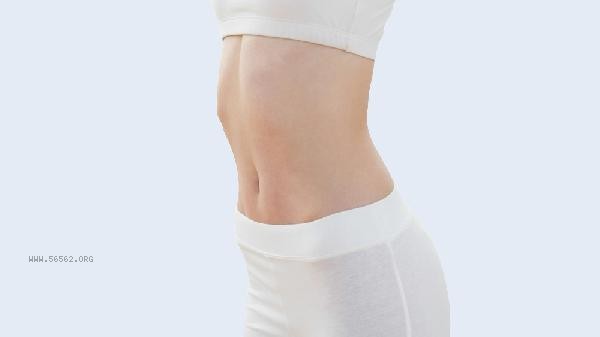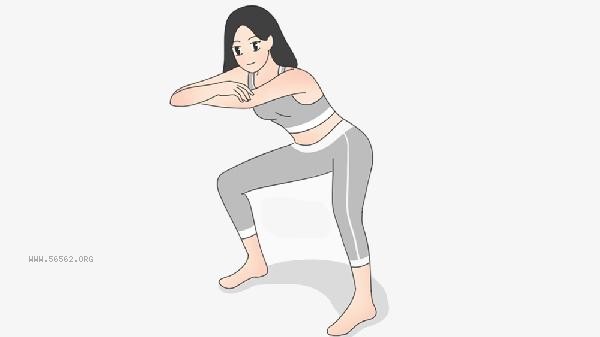Yoga weight loss and fitness weight loss each have their own advantages, and the choice depends on individual physique and weight loss goals. Yoga is suitable for people who pursue physical and mental balance and improve flexibility, while fitness is more suitable for weight loss individuals who need to quickly burn fat and gain muscle. Yoga weight loss activates deep muscle groups through static postures and breathing control, especially with significant shaping effects on the core muscles of the waist and abdomen. The characteristic of maintaining a position for a long time in Yin yoga helps to increase basal metabolic rate, while the sweating process in high-temperature yoga can consume a large amount of calories. Compared to fitness, yoga has lower joint pressure and is suitable for people with a larger body weight or those experiencing chronic pain. However, relying solely on yoga for weight loss is slower and requires dietary control to achieve the desired results.

Fitness and weight loss mainly rely on resistance training and aerobic exercise. Equipment training can accurately stimulate target muscle groups, promote muscle growth, and improve resting metabolism. High intensity interval training can burn a large number of calories in a short period of time, and is particularly effective in eliminating visceral fat. However, some overweight individuals who engage in running and jumping exercises may damage their knee joints, and improper movements during strength training can easily lead to muscle strains. Fitness weight loss should strictly follow the principle of gradual progress, avoiding excessive training that leads to an increase in cortisol and instead inhibits fat breakdown.

It is recommended to choose or combine two methods according to one's own situation. Yoga can be arranged on rest days as an active recovery, and incorporating yoga stretching into fitness plans can prevent sports injuries. During the weight loss period, it is necessary to ensure protein intake, drink no less than 2000 milliliters of water per day, and maintain a sleep duration of at least 7 hours. Regular monitoring of changes in body fat percentage can better reflect the effectiveness of weight loss than simply focusing on body weight. During the plateau period, exercise intensity can be adjusted or training modes can be changed.







Comments (0)
Leave a Comment
No comments yet
Be the first to share your thoughts!